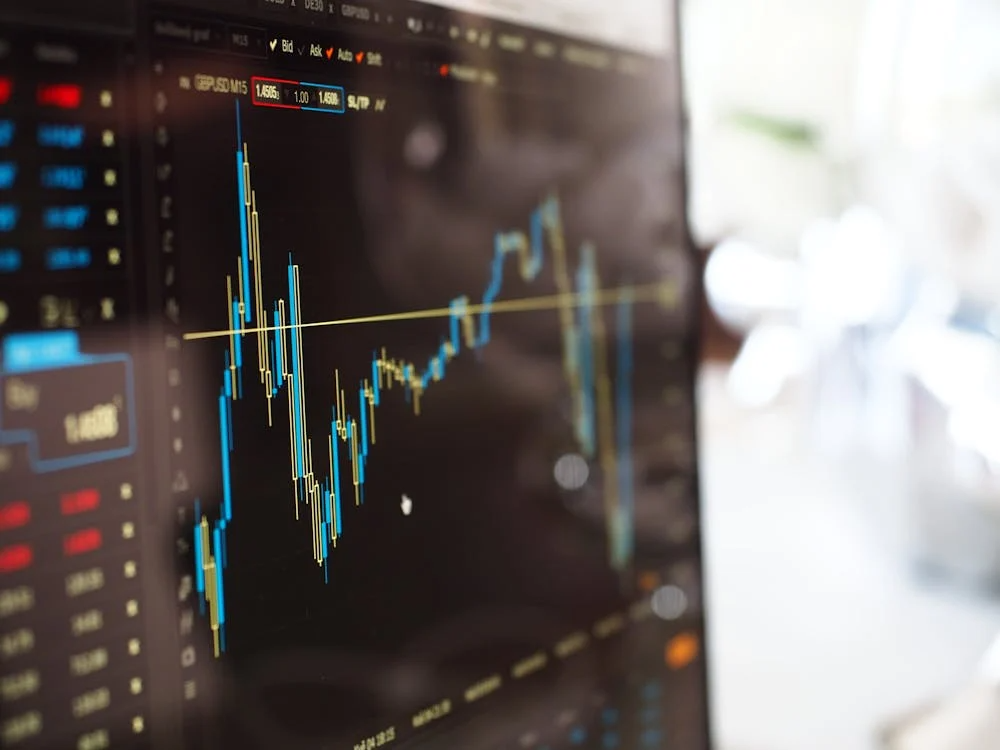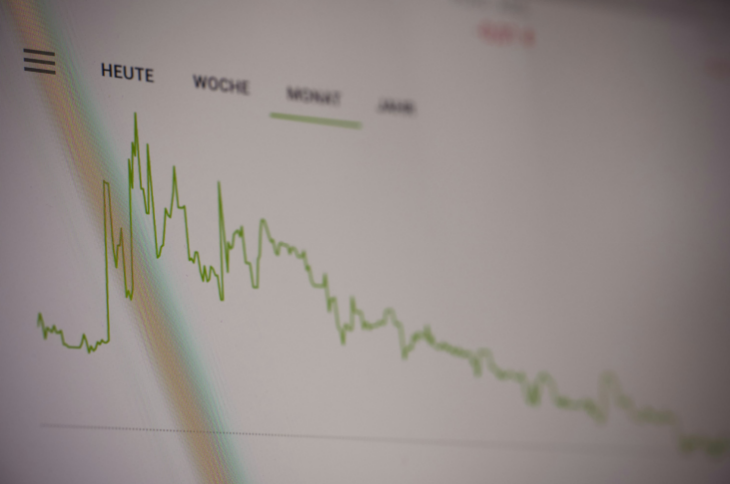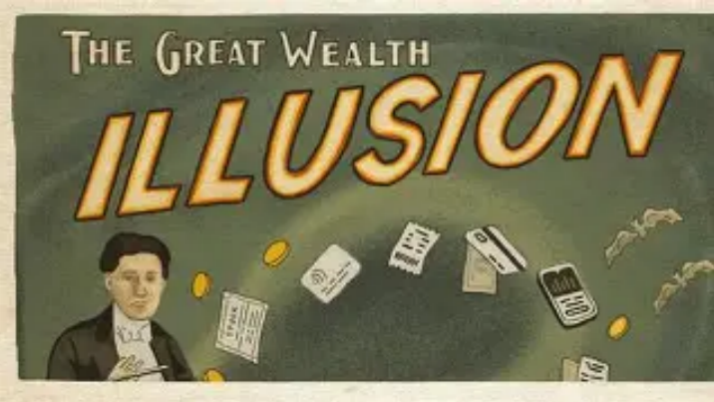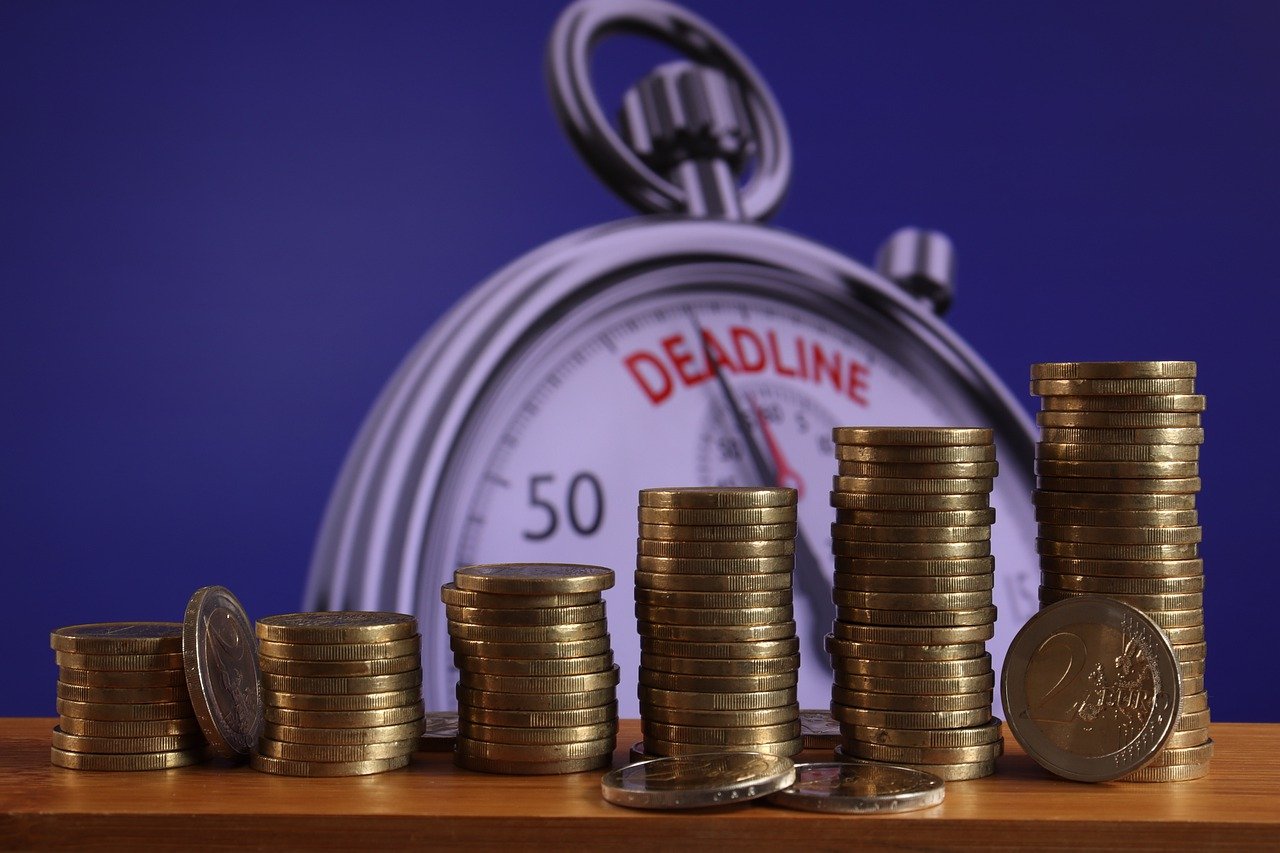In the long journey of modern economy, the financial crisis, like a sudden storm, swept the world and brought a far-reaching impact and lasting aftermath to the world economic structure.

In 2008, a financial crisis that originated in the American subprime mortgage market spread rapidly and evolved into a global economic disaster. At that time, the bubble in the American real estate market burst, the default rate of subprime loans rose sharply, and many financial institutions were hit hard by holding a large number of derivatives based on subprime loans. The collapse of Lehman Brothers became a landmark event, and its bankruptcy triggered a violent turmoil in the global financial market. The stock market plummeted, investors sold in panic, the interbank lending market almost froze, and the haze of credit crunch quickly enveloped the global economy. Enterprises have difficulties in financing, production and operation have been blocked, layoffs have followed, the unemployment rate has risen sharply, and the consumer market has also fallen into a downturn. The economies of various countries have stalled, international trade and investment have shrunk dramatically, and the global economy has fallen into the worst recession since the Great Depression of the last century.

The aftermath of this crisis is still spreading in every corner of the world. In the financial field, regulators have deeply reflected on and strengthened their supervision of financial markets. Countries have introduced stricter financial supervision laws and regulations, requiring banks to increase capital reserves and restricting excessive innovation and trading of financial derivatives to prevent similar crises from happening again. The operation mode of financial institutions has also changed significantly. In the past, the radical strategy of blindly pursuing high profits and ignoring risks was gradually replaced by a more stable business philosophy.
In terms of economic structure, many countries began to re-examine their industrial structure. The model of over-reliance on virtual economy such as finance has been questioned, and the importance of real economy has been re-emphasized. Manufacturing and other real economic fields have received more policy support and capital investment, and countries are trying to enhance economic stability and competitiveness through industrial upgrading and innovation. At the same time, the pattern of international trade has quietly changed. The crisis has prompted countries to pay more attention to trade balance and trade protectionism has risen, but it has also inspired countries to explore new trade cooperation models and market opportunities, and the process of regional economic integration has been promoted to some extent.
The social level is also deeply affected. The high unemployment rate has intensified social contradictions, the gap between the rich and the poor has become more prominent, and people's satisfaction with the government's economic policies has declined. Governments have to increase investment in social welfare and employment support to alleviate social pressure. In addition, the crisis has also changed people's consumption concept, paying more attention to saving and rational consumption, and having a deeper understanding of risks.

The financial crisis and its aftermath, like a catastrophe and tempering of the economic world, have exposed many vulnerabilities in the global economic system, and also prompted countries to make profound adjustments and changes in financial supervision, economic structure, international trade and social policies. However, the complexity of the world economy makes it difficult to completely dissipate the influence of this crisis in a short time. Countries are still exploring and trying to rebuild a more stable, balanced and sustainable economic order on the ruins of the crisis in order to cope with various challenges and uncertainties that may arise in the future.







